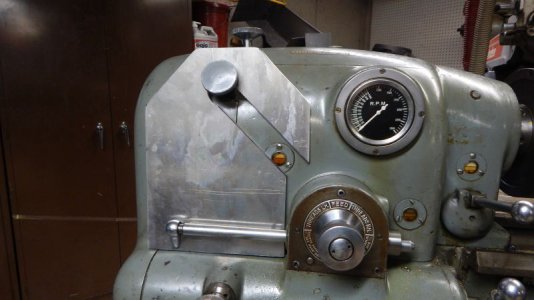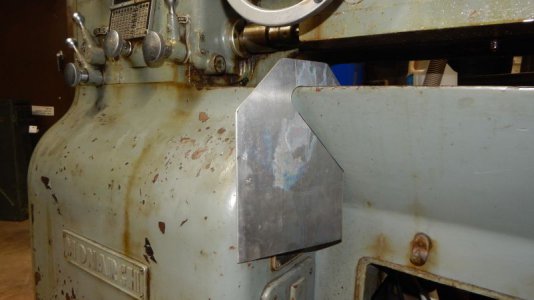- Joined
- Oct 14, 2014
- Messages
- 2,112
Yep, machining the existing stop pin for a limit switch AND then finding one that would work looked difficult to me.
Here's my solution. Put an AL plate over stop pin to hold it out when running. Put it over the Estop button when in use. Not idiot proof, but should stop my absent minded starting the machine with pin engaged.


Here's my solution. Put an AL plate over stop pin to hold it out when running. Put it over the Estop button when in use. Not idiot proof, but should stop my absent minded starting the machine with pin engaged.



